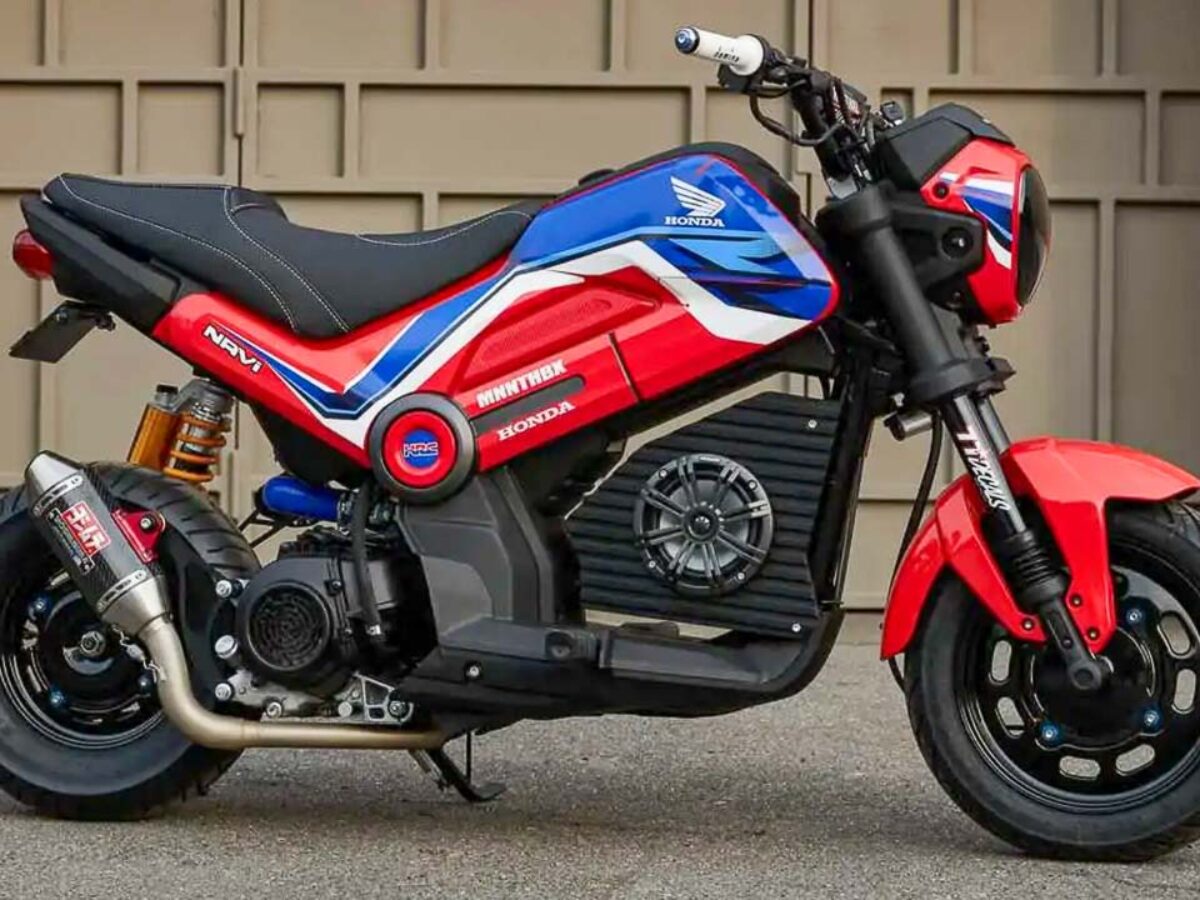Two different ignition types are linked with classic motorbikes: fully electronic and contact points. As the year passes by, the contact point ignition was the favorite part of the ignition system to manage the timing of the ignition spark. But as for the electronics, in general, to be exact, it became more reliable and less expensive to create. So manufacturers choose fully electronic systems compared to the other one since it removes the mechanical contact points.
The contact point ignition composed of the following:
- Spark plug for the ignition
- An ignition coil
- A condenser to lessen the arcing
- A rotating cam to control the contact points
- Mechanical contact points to manage the point of ignition
- A magneto to offer low voltage current
The objective of the ignition system is to give a spark at the appropriate time inside the cylinder. The spark should have sufficient strength to jump a hole at the spark plug current. The current should increase from the motorbike’s electrical system of six to 12 volts up to 25,000 volts at the spark plug.
For the voltage to reach this amount, the system should have two circuits: primary and secondary. For the primary circuit, the six and 12-volt power supply takes the ignition coil. During this process, the contact points can’t be opened. If the contact points are open, a drastic drop in the power supply can cause the ignition coil to release well-kept energy in the form of the high current.
The high current passes along a lead or HT leads to a plug cap before it enters the spark plug by utilizing a central electrode. Then, a spark is built the same with the high current to jump back from the primary wire.
Contact Point Disadvantages
One of the disadvantages of the ignition system is the chance of the heel to wear, which has the negative effect of retarding a proper ignition. Other problems are that they transfer metallic debris and substances from one contact point to another point. As the current continues to take its attempts, the increasing hole in the points will be open. These metal substances are in the form of a pip which can be located on the point’s surfaces.
The creation of the contact points has a disadvantage too. The point will bounce back, especially on high revving engine of a motorbike. The structure of the contact points gets the attention of the spring steel to make it back to the points before it closed. While time delay is present against the points as it is fully open to the closed position. The high revs of the engine don’t allow the heel to bypass the cam appropriately, which tends to bounce back to the contact points.
The problems of the points only bounce to create an incorrect spark during the entire combustion process. To remove all the disadvantages of the mechanical contact points, engineers created a system of ignition without using moving parts that can trigger on the crankshaft. This system is already famous since the 1970s by Motoplat – a stable and tough-state system. Tough-state is commonly referred to as an electronic system where switching tools in the systems by using semiconductor devices like diodes, transistors, and thyristors.




